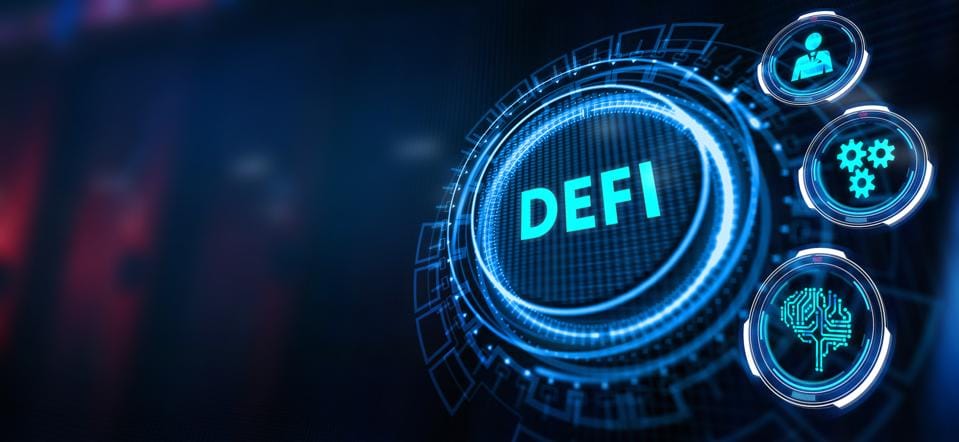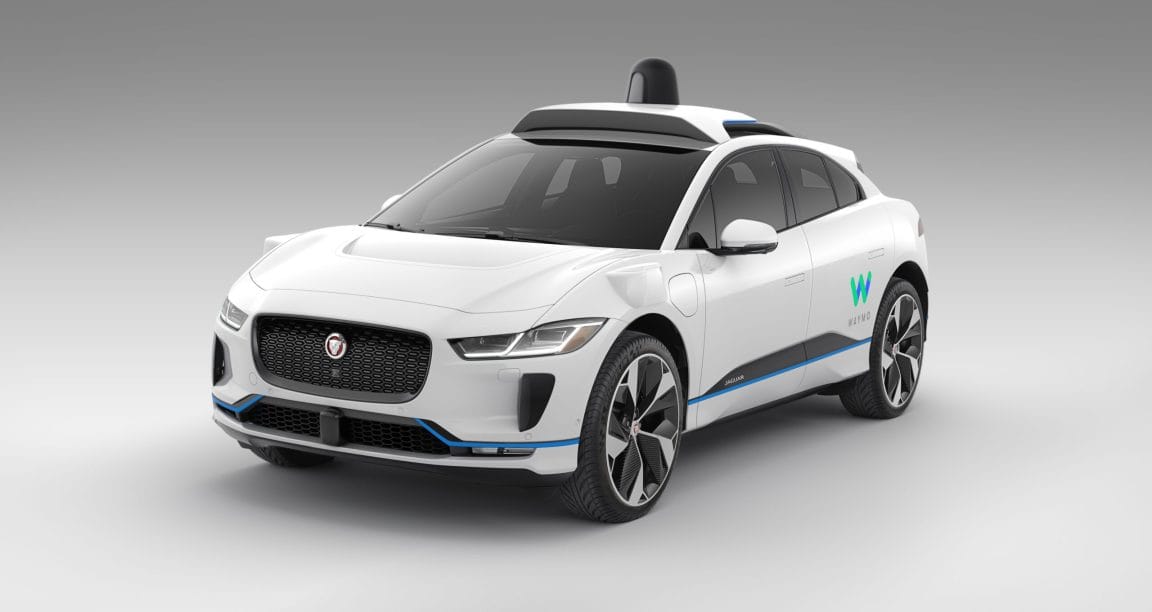Over a century ago, Nikola Tesla envisioned a world where power flowed invisibly through the air, lighting homes and powering machines without a single wire. In the 1890s, he famously experimented with wireless energy transmission — a vision that seemed more science fiction than reality at the time.
Today, that dream is far closer than Tesla could have imagined. Wireless power transfer (WPT) systems are already woven into our daily lives, from the charging pads for smartphones and electric toothbrushes to the wireless sensors that power the growing Internet of Things. These systems rely on a transmitter coil that converts electrical power into an electromagnetic field, which is then captured by a receiver coil to power devices — no plugs, no cords, no hassle.
But as promising as WPT is, it still faces challenges. One of the biggest: how to maintain stable, efficient power delivery when the load — the device being powered — changes. This is where a recent breakthrough from Japan could change the game.
The Challenge of Load Independence
For years, engineers have chased the elusive goal of load-independent (LI) operation — keeping output voltage steady and preserving zero-voltage switching (ZVS) no matter how the load varies. ZVS is crucial for high efficiency because it minimizes the energy lost as heat when a device switches on and off.
The problem? Achieving LI operation is notoriously tricky. It demands circuit components — like inductors and capacitors — to be tuned with extreme precision. Traditional design methods rely on complicated analytical equations, often based on idealized assumptions that fall apart in the messy, imperfect real world. Even slight deviations in component behavior can throw the system off balance, reducing efficiency and stability.
Enter Artificial Intelligence
Now, a research team led by Professor Hiroo Sekiya from the Graduate School of Informatics at Chiba University has introduced a revolutionary AI-powered approach to the problem. Working with colleagues from Tokyo University of Science and Sojo University, the team developed a machine learning-based design method for LI-WPT systems that skips the limiting assumptions of traditional math-heavy approaches.
Instead of using simplified models, the researchers described the WPT circuit using differential equations that accurately capture how voltages and currents change over time — including real-world imperfections like the quirks of actual diodes and capacitors. These equations are then solved numerically, simulating the system step-by-step until it reaches steady state.
From there, a genetic algorithm — inspired by the principles of natural evolution — takes over. It evaluates each potential design based on output voltage stability, efficiency, and total harmonic distortion, then “evolves” the parameters over many generations until the optimal design emerges.
“This is the first time a fully numerical, machine learning-based design has been used successfully in power electronics research,” says Prof. Sekiya. “We believe load independence is a key technology for the social implementation of WPT systems.”
Putting the Method to the Test
To prove their approach, the team applied it to a class-EF WPT system — a design that combines a class-EF inverter with a class-D rectifier. Traditionally, such inverters can maintain ZVS only at a fixed operating point. If the load changes, ZVS is lost, efficiency plummets, and output voltage wobbles.
The AI-designed LI version told a different story. Even when the load shifted, it kept ZVS and output voltage remarkably stable. In conventional systems, load changes could cause voltage swings of up to 18%. In the team’s design, that fluctuation stayed below 5%, dramatically improving stability.
They also tackled a subtle but significant issue: diode parasitic capacitance. By accounting for it directly in their model, the system kept its performance high even at lighter loads. A detailed analysis showed that power loss in the transmission coil stayed nearly constant across load variations — a sign that the system kept output current steady.
At its rated operating point, the LI class-EF WPT system hit 86.7% efficiency at 6.78 MHz and delivered more than 23 watts of output power — an impressive figure for a wireless system.
The Road to a Wireless Society
While this research is highly technical, its implications are anything but abstract. LI-WPT systems could make wireless charging pads, medical implants, and electric vehicle charging stations vastly more reliable and cost-effective. Because LI designs don’t require complex control circuits, they can be simpler, smaller, and cheaper to build — opening the door to mass adoption.
“Our goal is to make WPT commonplace within the next 5 to 10 years,” says Prof. Sekiya. “We believe this technology is a significant step toward a fully wireless society.”
Beyond WPT, the research signals a broader shift in engineering. By using AI to design circuits based on full numerical simulations rather than human-crafted approximations, engineers could dramatically speed up innovation and adapt to complex, real-world conditions more easily.
If Tesla were alive today, he might smile at the thought: the invisible forces that fascinated him are now being tamed not just by coils and capacitors, but by algorithms inspired by nature itself. The result? A future where electricity flows as freely as ideas.
More information: Naoki Fukuda et al, ML-Based Fully-Numerical Design Method for Load-Independent Class-EF WPT Systems, IEEE Transactions on Circuits and Systems I: Regular Papers (2025). DOI: 10.1109/TCSI.2025.3579127






